Range
Ford offers the Mustang Mach-E with a choice of batteries, in either 72- or 91kWh capacities (total capacities are 78- and 98kWh). The smaller battery is only available in the entry-level Ford Mustang Mach-E Select, which gets the single motor, rear-wheel drive layout. The Mach-E Premium gets the bigger battery and the option of a dual-motor, all-wheel drive layout, as does the comically rapid, high performance Mach-E GT at the top of the electric Mustang lineup.
Official WLTP range on the Mach-E Select 72kWh is pipped at 292 miles, while the Premium 91kWh manages 372 miles in rear-wheel drive guise, or 341 miles with all-wheel drive. The Mach-E GT is rated at 304 miles, which isn't bad for a big SUV with near-supercar performance.
Ford is very good at also offering real-world range estimates for all of its electric models but - of course - just how far you’ll get depends on how you drive, the sort of roads you're using and the weather and temperature. We'd expect the Select to manage around 230- to 280 miles, the Premium RWD 300- to 360 miles, and the Premium AWD more like 280- to 330 miles.
Battery
As of late 2023, Ford has started to use a different battery in its entry-level Mach-E, which has also enabled a useful drop in price. You now get a lithium-iron phosphate (LFP) battery in the 72kWh Mustang Mach-E Select, and that's nothing to worry about; LFP batteries are a common in electric cars and tend to be cheaper yet also a bit heavier than the lithium-ion (NMC) batteries that we see more routinely in modern electric cars. Basically, if you want maximum range performance for as little weight as possible, you want lithium-ion NMC - which is what the 92kWh Mustang models use. If you want a lower price and don't need to prioritise the energy density (the miles of range you get per kilogram of battery), then LFP is a great solution.
Tesla, MG and plenty of others use LFP batteries, so it's tried and tested technology. It is worth knowing that, with an LFP battery, you don't need to worry about only charging to 80% on a routine basis. In fact, it's recommended that you slow charge an LFP battery to 100% at least once per month to maintain the best possible battery life. With the 92kWh li-ion NMC battery in the Premium and GT Mach-E, you're best off charging to 80% in routine charging at home, but of course it does no harm to charge to 100% when you need the full range potential.
You can set a peak charge rate via the car's screen, and you can also control it via the phone app, so it's not difficult to control the battery charge level when you need to.
Charging
Every Mach-E will charge at up to 150kW, which is not quite as fast as the Tesla Model Y and Kia EV6, but is still fast enough to get a 100 mile top-up in around 10 minutes. That rapid charge capability is great, but the convenience and reliability of the Tesla Supercharger network is still a major draw for buyers to the Mustang Mach E’s most obvious rival.
If, as is likely, you’re charging at home from a 7kW wallbox you’ll need 11 hours for the Mach-E Select, or 14 hours for the Premium. Find a 150kW rapid charger, which are now common in the UK's motorway services, and you'll have a 10-80% charge in around 30- to 40 minutes.
The Mach-E charges via a Type 2 or CCS socket, so it's compatible with all public chargers across the UK and Western Europe.












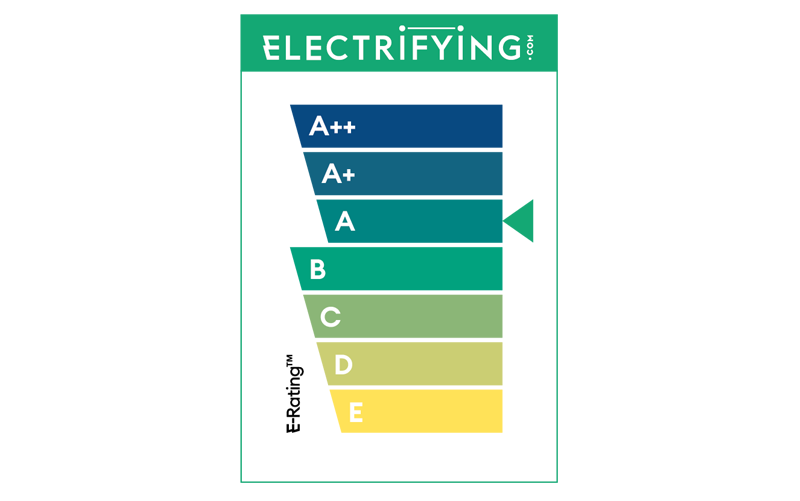
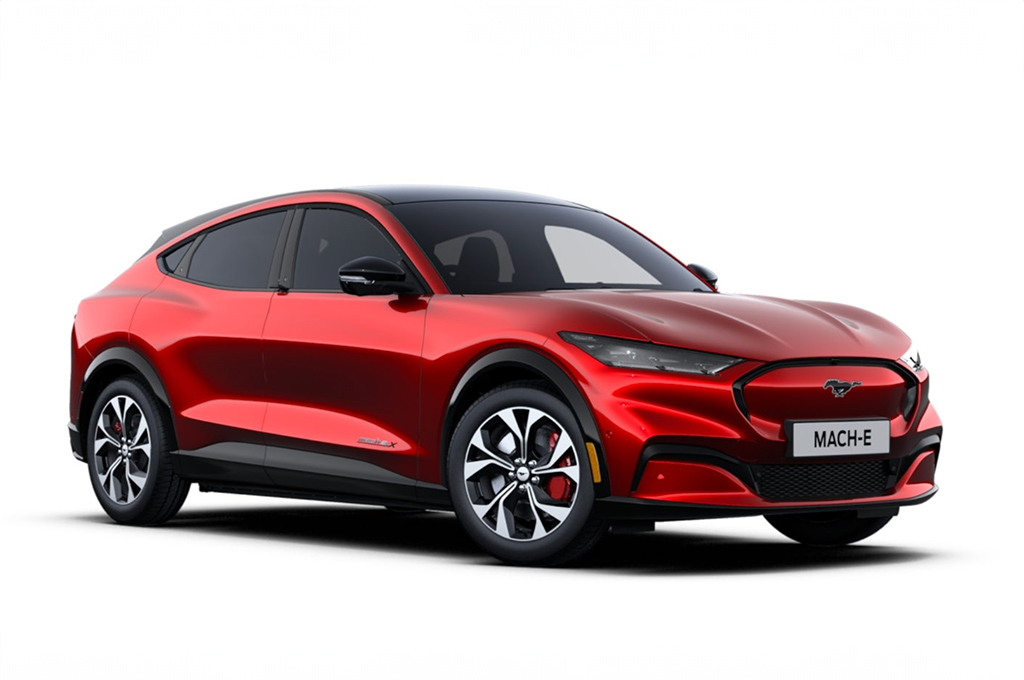
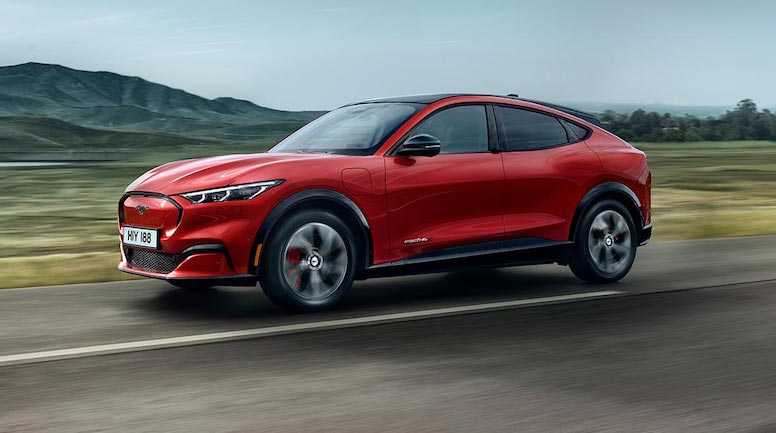
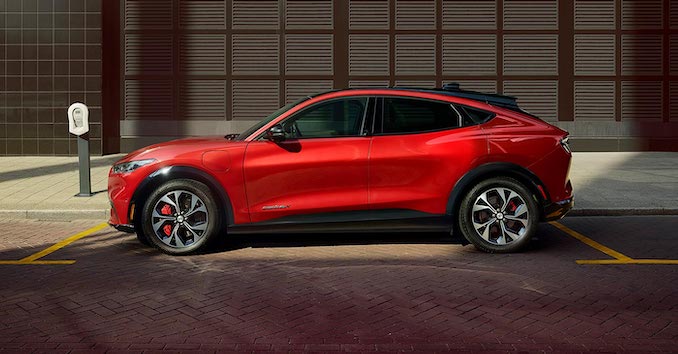


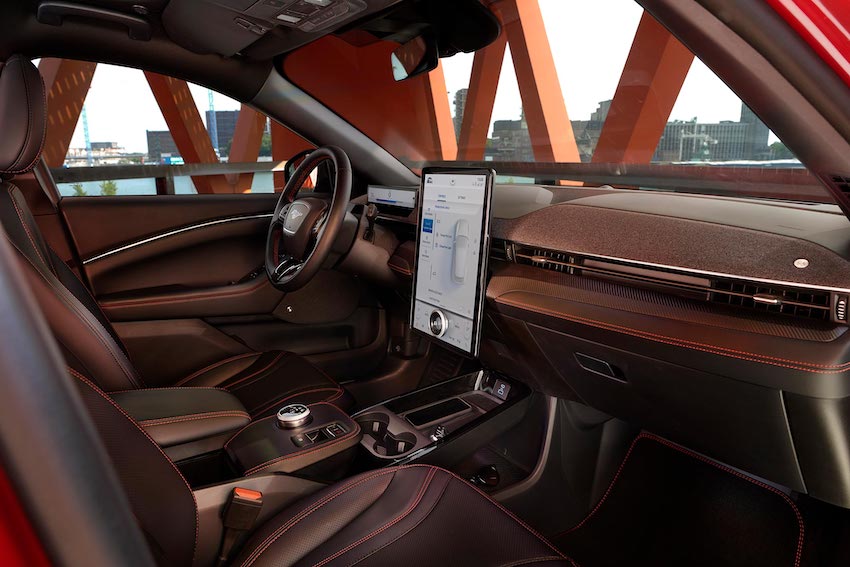
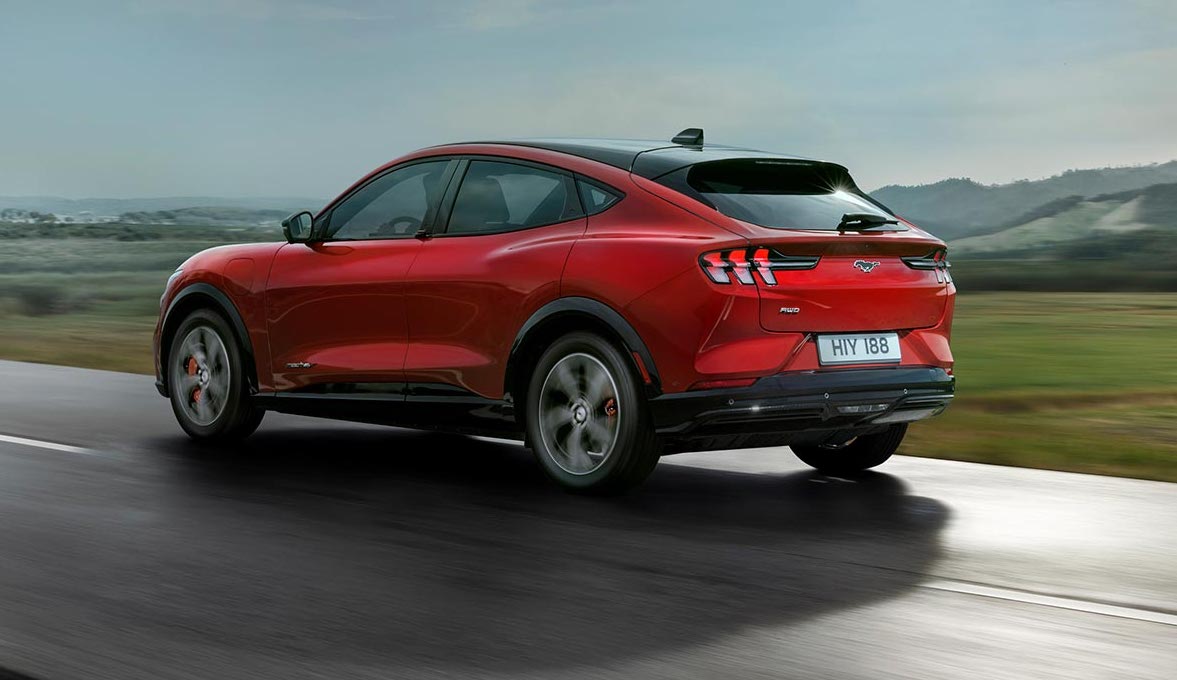















 PV5_Cargo_Key visual image_2.png?width=300&height=185)




